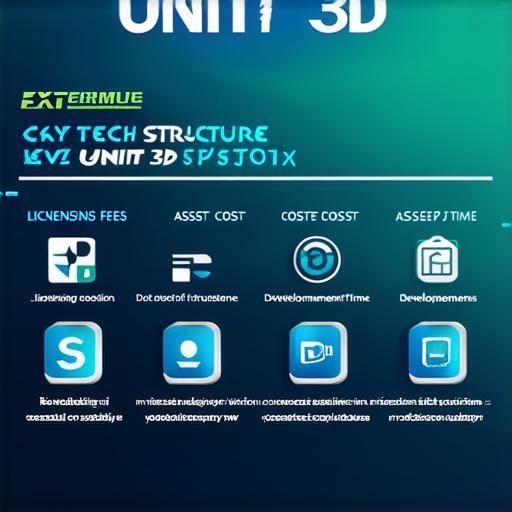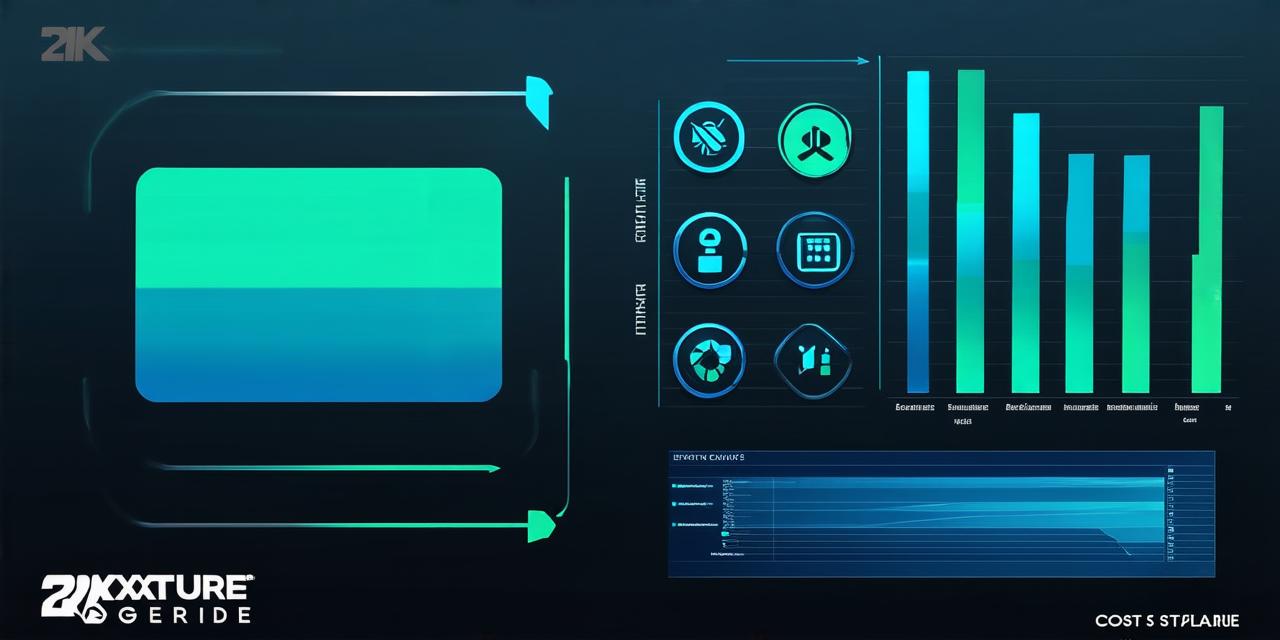License Costs
Unity 3D offers several license options, each with its own cost structure. The most popular option is the Personal Edition, which is free for personal use and costs $25 per seat per month for commercial use. The Professional Edition costs $79 per seat per month, while the Enterprise Edition has custom pricing depending on the number of seats required.
There are also add-ons available for Unity 3D that can increase your overall costs. These include plugins and tools that offer advanced features such as physics simulations, animation, and visual effects. The cost of these add-ons varies widely, with some being free and others costing thousands of dollars. It’s important to evaluate the requirements of your project before purchasing any add-ons to avoid unnecessary expenses.
Hardware Costs
The hardware required for Unity 3D development can also impact your costs. High-performance computers with powerful graphics cards are recommended for working with Unity 3D, especially when developing games or applications that require advanced visual effects and physics simulations. These computers can be expensive and may require additional maintenance and cooling systems to run efficiently.
There are also cloud-based options available for Unity 3D development, which allow developers to work on their projects from any device with an internet connection. However, these options can be more expensive than local hardware, especially for larger projects that require a lot of processing power. It’s important to evaluate the cost and performance benefits of each option before making a decision.
Time and Effort Costs
In addition to the monetary costs associated with Unity 3D development, there are also time and effort costs that need to be considered. Developing a game or application with Unity 3D can be a complex process that requires a lot of creativity, technical skills, and attention to detail. It can take months or even years to complete a project, depending on the scope and complexity of the task.
When working with Unity 3D, it’s important to plan your project carefully and break down each step into manageable tasks. This will help you stay on track and minimize costs associated with rework or delays. It’s also a good idea to work in small teams with specialized skills to ensure that each task is completed efficiently and effectively.
Case Study: Unity 3D Development for a Small Business

To illustrate how the cost structure of Unity 3D affects small businesses, let’s consider a hypothetical scenario. A small business owner wants to create an interactive training module for their employees using Unity 3D. They have a budget of $5,000 and plan to hire one developer to work on the project full-time for three months.
Based on this information, the initial cost for the project would be:
* Unity 3D Personal Edition license: Free (assuming they only need it for personal use)
* Hardware: $1,000 for a mid-range computer with a dedicated graphics card
* Add-ons: None required
Total initial cost: $1,000
Assuming the developer works 20 hours per week and charges $30 per hour, the labor cost for three months would be:
* Developer salary: $6,000 ($30 x 20 hours x 12 weeks)
Total labor cost: $6,000
Adding in the hardware cost and labor cost, the total cost for the project would be:
* Total cost: $7,000 ($1,000 + $6,000)
It’s important to note that this cost does not include other expenses such as marketing or hosting the module. Small businesses should carefully evaluate their options and consider all factors involved in the cost structure before making a decision.
Conclusion
Unity 3D is a powerful game development platform that can help businesses create engaging experiences for various platforms. However, like any software, there are costs associated with using Unity 3D. To optimize your expenses when working with Unity 3D, it’s important to plan your project carefully and consider all factors involved in the cost structure.
